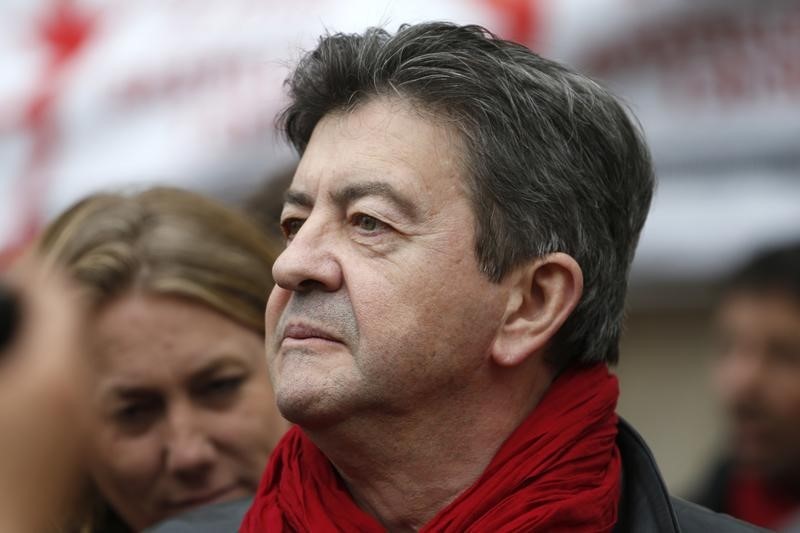Microsoft remains the clear GenAI beneficiary: Morgan Stanley
* Dollar index at lowest in over 2 months
* U.S. manufacturing data shows modest rebound
* Australian dollar unchanged after RBA, near highest since
Jan
* Graphic: World FX rates in 2020 https://tmsnrt.rs/2RBWI5E
By Hideyuki Sano
TOKYO, June 2 (Reuters) - The dollar was on the back foot on
Tuesday as investors maintained their hope in a global economic
recovery, despite growing concerns over U.S.-China tensions and
mass protests across America over the death of a black man in
police custody.
The U.S. dollar index against a basket of six major
currencies =USD hovered near its weakest level since
mid-March, standing at 97.885.
It has fallen about 5% from a peak hit in March when panic
over the COVID-19 pandemic gripped the world's financial
markets, prompting investors to scramble for the safety of
dollar cash.
"There are some potential flashpoints such as U.S.
demonstrations and China-U.S. tensions," said Kyosuke Suzuki,
director of forex at Societe Generale. "But, on the whole, the
market is still moderately risk-on."
The euro fetched $1.1126 EUR= , little changed so far on
Tuesday but holding near a 2-1/2-month high of $1.1154 touched
on Monday.
The common currency gained traction after the European
Union's executive last month unveiled a 750 billion euro plan to
prop up economies hammered by the coronavirus pandemic.
Sterling hit a one-month high of $1.2525 before stepping
back to trade flat $1.2479 GBP=D4 .
U.S. manufacturing activity inched up from an 11-year low in
May, an index showed, and although the reading was weaker than
forecast, it aligned with market expectations that the worst of
the economic downturn has passed. Against the safe-haven yen, the dollar was at 107.68 yen
JPY= , stuck in a well-worn range between 106 and 108 over the
last several weeks.
Market risk sentiment was hurt only slightly on Monday when
Bloomberg reported China had told state-owned firms to halt
purchases of soybeans and pork from the United States, raising
concerns that the trade deal between the world's two biggest
economies could be in jeopardy. Investors' economic optimism has so far also survived the
rising social unrest in the United States where President Donald
Trump vowed to deploy thousands of heavily armed soldiers and
law enforcement to halt violence in the U.S. capital and other
cities if mayors and governors failed to regain control of the
streets. The protests erupted over the death of George Floyd, a
46-year-old African-American who died in Minneapolis police
custody after being pinned beneath a white officer's knee for
nearly nine minutes.
The Australian dollar, often seen as a proxy bet on the
strength of the Chinese economy, fetched $0.6789 AUD=D4 ,
having reached its highest levels since late January.
The currency hardly budged after the Reserve Bank of
Australia kept its monetary policy on hold as expected.
The Chinese yuan gained slightly to 7.1200 per dollar
CNY=CFXS , pulling further away from an eight-month low of
7.1765 touched last week.
"The Chinese authorities do not appear to intend to guide
the yuan weaker now, certainly less so than they were when the
yuan fell to 7.18 last September," said Masashi Hashimoto,
senior economist at the Institute for International Monetary
Affairs in Tokyo.
The yuan hit an 11-year low of 7.1854 per dollar in
September when diplomatic tensions intensified over Trump's
fourth round tariffs on Chinese products.
MSCI's emerging market currency index .MIEM00000CUS also
rose to its highest levels since mid-March with the Indonesian
rupiah IDR= , Thai baht THB= and Mexican peso MXN= all
rising to more than two-month peaks.
